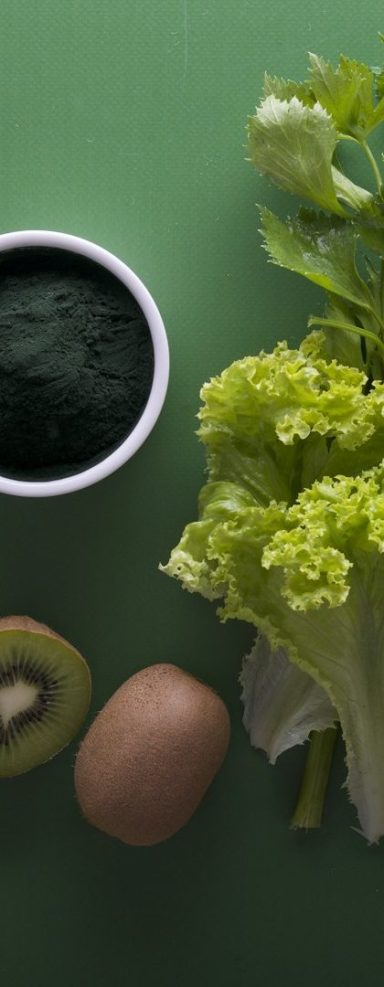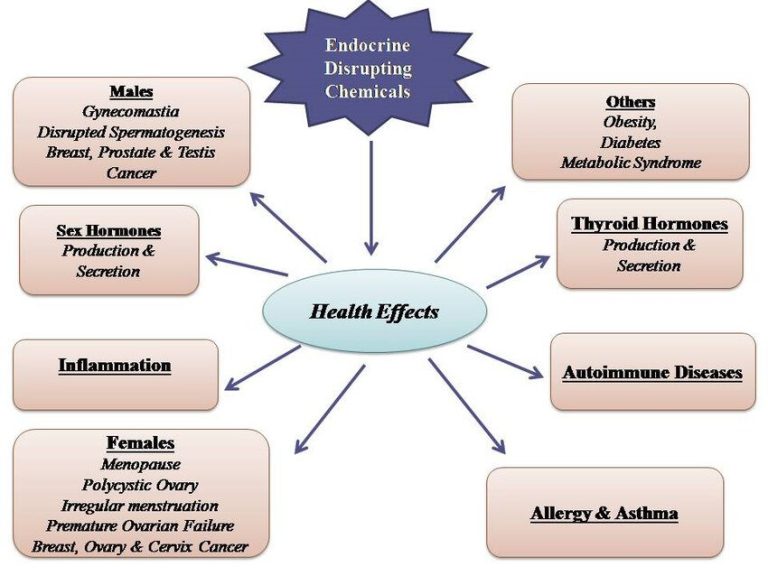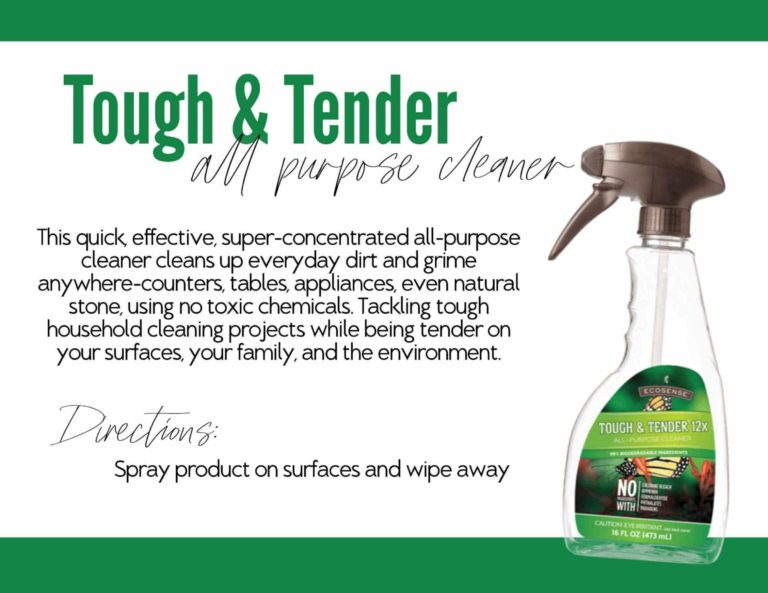Embrace Simple, Honest Living
Join us in our journey to educate and empower you about food safety, cleaning products, and simple living practices. Let's explore a healthier lifestyle together.
My mission is to uncover the hidden toxins in the products we clean with, the foods we feed our families, and the skincare we trust on our bodies. From what we put in our children's lunches to the lotion we put on our skin, I believe we all deserve transparency - and safer, healthier options. This isn't just MY journey - it's our shared responsibility to protect our homes, our children, and ourselves. No one will protect our families better than WE can. We're in this together - learning and growing one honest choice at a time.
To keep this blog going and full of fresh ideas, I include affiliate links here and there. I only partner with brands that I trust and would use for my own family. If you decide to make a purchase, I may earn a small commission - at no extra cost to you.


Empowering Through Education
We aim to educate and inform about safe eating habits.
Find out how to choose safe cleaning products.
Learn about simple, honest living practices.
Join us for tips and insights.

Healthy Eating Tips
Learn about nutritious foods and how to incorporate them into your daily meals for better health.
Everyone's Favorite
So, I’m going to evaluate a VERY popular snack item today. Some of you will probably hate me for calling out this particular snack, but don’t worry, it won’t be the only one.
DORITOS!!!
Why, you ask? Let me count the ways:
- Yellow Dye 5 (Tartrazine) - This dye does what it’s supposed to do - it adds color. I’m not sure I understand the reasoning for having to add color; I’m assuming it’s to make it more eye-appealing.
The hazards? How harmful could a dye be? Well - this particular dye has been linked to hyperactivity in children,and can also cause allergic reactions such as hives and asthma. It’s been linked to cancer in some studies, and causes ADD in children. If you want to REALLY munch on this snack food, it can adversely affect your liver and kidneys, and reproduction . This dye is banned in other countries, but not here in the United States, which breeds the next question…
WHY???????????????
2. Yellow Dye 6 - Same as above
3. Red 40 - Now here’s one that people are more aware of, but it’s still showing up. Besides contributing to ADD in children, and hyperactivity, it can contain aluminum. Aluminum! Aluminum builds up in the body and causes loads of diseases - one in particular - Altzheimer’s Disease. This particular dye has also raised concerns because of carcinogenic properties. There are also trace contaminants of benzidine, which is a known carcinogen.
4. Monosodium glutamate (MSG) - used as a flavor enhancer. I don't get it. Does that mean the food it was used on wasn't already great tasting? It increases the risk of cardiovascular disease, tye 2 diabetes, obesity, nausea, vomiting, and migraines.
Look for snacks instead that use:
Beet juice as a natural food dye - also surging with antioxidants
Pomegranate juice - full of beneficial nutrients
Paprika extract
Hibiscus powder
Strawberry or raspberry puree
Yuka suggests instead:
Siete Tortilla Chips with Sea Salt
Late July Tortilla Chips with Sea Salt
Late July Sea Salt & Lime Tortilla Chips
Just to name a few

Safe Cleaning Solutions
Discover eco-friendly and safe cleaning options that protect your home and your family.


What are Phthalates?
Phthalates are a group of synthetic chemicals that are used to make plastics more flexible and harder to break. But, unfortunately, they're found in a lot of everyday items.
We find them in vinyl flooring, shower curtains, plastic toys, food packaging and plastic wrap, perfumes, nail polish, shampoos, lotions, detergents, adhesives, and medical tubing.
Why all the concern? Let me tell you...research has shown that it interferes with our body's hormone systems. They are linked to reproductive issues, developmental problems in our children, hormonal imbalances, and even early death in older adults from heart disease.
Even though they might not stay in our bodies long, over an extended period of use, they build up in our bodies over time.
What can we do to reduce or eliminate our exposure?
Choose phthalate-free products. You'll see labels on these products. Avoid plastics that have a recycling code #3, use glass or stainless steel for food storage, and cut back on processed and fast foods. These tend to have higher phthalate levels.
Common label names for Phthalates
DBP - Dibutyl phthalate
DEHP - Di(2-ethylhexyl) phthalate
BBP - Benzyl butyl phthalate
DMP - Dimethyl phthalate
DEP - Diethyl phthalate
DIBP - Diisobutyl phthalate
Also hidden as "parfums" or "fragrance"

This product is SUPER concentrated. One little bottle makes 6 spray bottles. I love the way it cleans my table and countertops. It even cleans my glasstop stove. I have cats, and my granddaughter visits frequently. Their safety is of the UTMOST importance to me. I don't worry about them with this cleaner.
For more info, please email me at:
organicme48@yahoo.com
I'd love to hear from you!

Honest Living Practices
Get insights into simple living practices that promote well-being and sustainability.